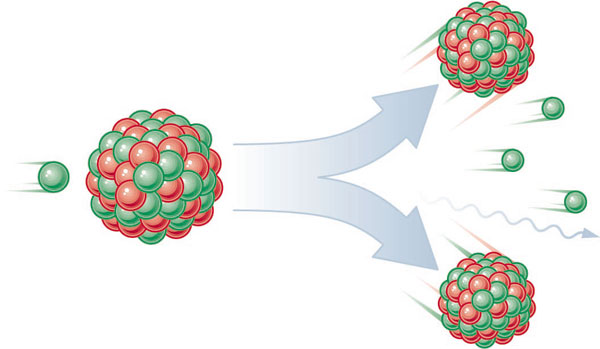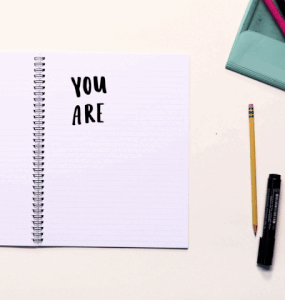Science | Apr 20, 2022
Is nuclear power a safe source of energy for humans?

The United States House of Representatives Committee on Science and Technology offered the following material prior to its April 23, 2008 hearing "Opportunities and Challenges for Nuclear Power," which was published on its website:-
"Nuclear energy is released when large atoms are separated in a series of regulated nuclear reactions."
The generated heat is used to boil water, which then powers a steam turbine, which creates electricity. The process of dividing an atom is known as nuclear fission. Nuclear power presently accounts for around 20% of total electric generating capacity in the United States, with 104 nuclear sites now functioning."
Nuclear power, although being the world's second-largest source of low-carbon electricity after hydropower, is typically overlooked in discussions about "clean energy."
So, how clean and long-lasting is nuclear energy? Consider the following advantages of nuclear energy:-
- Nuclear energy protects air quality
Nuclear energy is a zero-emissions source of clean energy and as the name suggests it is completely a clean form of energy. It creates energy using fission, which is the process of dividing uranium atoms to create energy. The heat produced by fission is utilized to generate steam, which turns a turbine to generate power without emitting the toxic pollutants that fossil fuels do.
The Nuclear Energy Institute (NEI) estimates that the United States avoided 476 million metric tonnes of CO2 emissions in 2019. That is the equivalent of removing 100 million cars from the road, and it exceeds the amount of all renewable energy sources combined.
It also contributes to clean air by removing hundreds of tonnes of harmful air pollutants each year, which cause acid rain, smog, lung cancer, and cardiovascular illness.
- The nuclear footprint is small as compared to any other form of energy
While providing a significant quantity of carbon-free power, nuclear energy produces more electricity in a smaller area than any other clean-air source. A typical 1,000-megawatt nuclear power plant in the United States takes little more than 1 square mile to operate.
To put it into perspective, more than 3 million solar panels or more than 430 wind turbines would be required to provide the same amount of power as a typical commercial reactor (capacity factor not included).
- Minimal waste production
Nuclear energy has an extremely high density. It is around one million times greater than that of other traditional energy sources, thus the amount of waste nuclear fuel is not very huge.
All of the spent nuclear fuel produced by the nuclear energy sector in the United States during the preceding 60 years could be accommodated on a football field at a depth of fewer than 10 yards! That garbage may also be treated and recycled, however, the United States currently does not. However, certain advanced reactor designs under development may be able to run on old fuel.
This incredible Future Initiative is a global effort led by the Clean Energy Ministerial to ensure that nuclear power is considered when developing sophisticated clean energy systems in the future.
Want access to expert academic guidance — for free? When you create your free Vnaya account, you will have an option to ask a Question, Book a Demo session, talk to our Academic Experts, and get Professional Parenting Support —all for Free! Our Academic Counselor will help you learn how to improve your academic performance by assessing your learning style and curating a personalized lesson plan for you!
Sign up for your Vnaya account today to get a boost on your academic quest.
















Post a Comment: